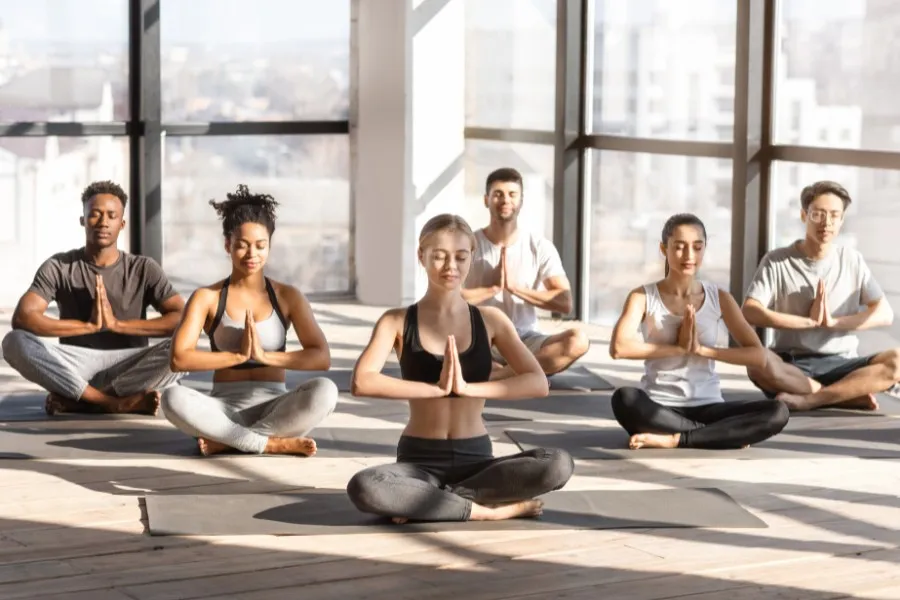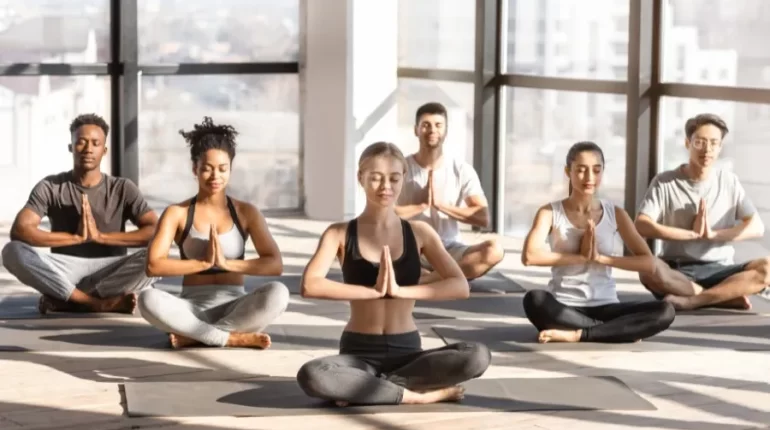In recent years, group fitness classes have become increasingly popular among individuals seeking motivation, camaraderie, and effective workout routines. These classes not only offer structured exercise sessions but also foster a sense of community and support among participants. This article explores the benefits of joining group fitness classes, the diverse options available, and how they contribute to both physical fitness and mental well-being.
The Appeal of Group Fitness Classes
Group fitness classes appeal to a wide range of individuals due to their structured format, professional instruction, and social environment. Whether you’re a beginner looking for guidance or a seasoned exerciser seeking variety, group classes provide an inclusive and motivating atmosphere. Participants benefit from expert-led workouts that are designed to challenge and improve fitness levels while catering to different abilities and fitness goals.
Building Community and Support
One of the key advantages of group fitness classes is the sense of community they create. Regular attendees often form bonds with fellow participants and instructors, fostering a supportive network that encourages accountability and perseverance. This social aspect can be particularly beneficial for those who thrive on interaction and encouragement during their fitness journey.
Variety of Class Options
Group fitness classes encompass a wide range of formats and styles, catering to diverse interests and fitness preferences. Some popular types include:
Cardiovascular Classes: Such as aerobics, dance-based workouts like Zumba, and indoor cycling (spinning).
Strength Training: Including classes focused on resistance training, bodyweight exercises, and kettlebell workouts.
Mind-Body Classes: Such as yoga, Pilates, and Tai Chi, which emphasize flexibility, core strength, and relaxation.
High-Intensity Interval Training (HIIT): Intensive workouts combining bursts of intense exercise with short recovery periods.
Functional Fitness: Classes that improve overall strength, balance, and coordination through functional movements.
Each class format offers unique benefits, from improving cardiovascular health and muscular strength to enhancing flexibility, balance, and mental focus.

Benefits of Group Fitness Classes
Motivation and Accountability
Group settings provide intrinsic motivation through shared goals and collective energy. Participants often push themselves harder and stay committed to their fitness routines when surrounded by like-minded individuals striving for similar objectives. The supportive atmosphere encourages attendees to attend classes regularly, fostering consistency in their exercise regimen.
Professional Instruction and Guidance
Group fitness instructors are trained professionals who design and lead workouts tailored to maximize effectiveness and safety. They provide demonstrations, corrections, and modifications to accommodate different fitness levels and abilities. This ensures that participants perform exercises with proper form, reducing the risk of injury and optimizing results.
Fun and Enjoyment
Group fitness classes are designed to be enjoyable and engaging, incorporating music, varied exercises, and interactive elements. The camaraderie and shared experience of working out together create a fun atmosphere that motivates participants to look forward to their workouts. This enjoyment factor can significantly enhance adherence to an exercise routine over time.
Psychological and Emotional Benefits
Stress Relief and Mood Enhancement
Regular physical activity, including group fitness classes, is associated with reduced stress levels and improved mood. Exercise stimulates the release of endorphins, neurotransmitters that promote feelings of well-being and happiness. The social interaction and sense of accomplishment after completing a challenging workout further contribute to positive mental health outcomes.
Confidence Building
Participating in group fitness classes can boost self-confidence as individuals achieve fitness milestones and witness improvements in their strength, endurance, and overall fitness levels. The supportive environment encourages participants to step outside their comfort zones, try new exercises, and push their limits, fostering a sense of achievement and empowerment.
Tips for Getting Started
If you’re considering joining group fitness classes, here are some tips to help you get started:
Explore Class Options: Research local gyms, fitness centers, and community centers to find classes that align with your interests and fitness goals.
Attend Orientation Sessions: Many facilities offer introductory sessions or orientations for new participants to familiarize themselves with class formats and equipment.
Start Slowly: Begin with classes suitable for your fitness level and gradually challenge yourself as you build strength and endurance.
Communicate with Instructors: Inform instructors of any injuries, health concerns, or fitness limitations to ensure they can provide appropriate modifications and support.
Stay Consistent: Establish a regular class schedule that fits your routine and commit to attending classes consistently to experience the full benefits of group fitness.
Group fitness classes offer a dynamic and supportive environment for individuals of all fitness levels to achieve their health and wellness goals. From cardiovascular workouts and strength training to mind-body practices and HIIT sessions, these classes provide a variety of options to suit diverse preferences and objectives. By participating in group fitness classes, you not only improve physical fitness but also cultivate a sense of community, motivation, and well-being that enhances overall quality of life. Whether you’re seeking motivation, social interaction, or effective workout routines, group fitness classes can be a valuable addition to your fitness journey.


















